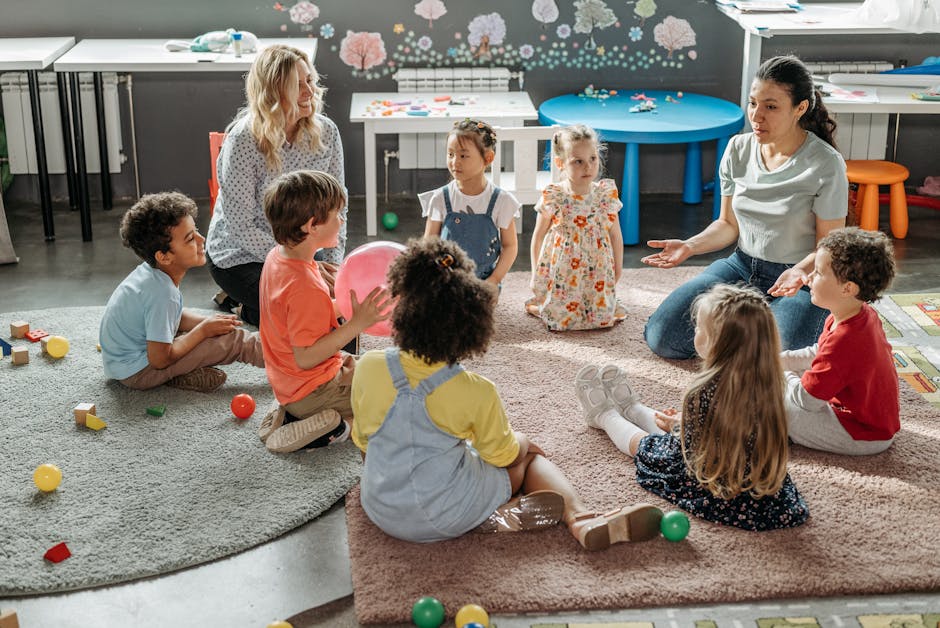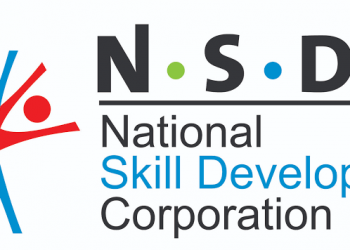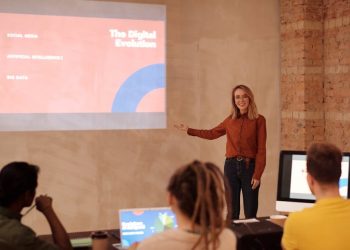No products in the cart.
Teaching to Learn: The Surprising Link Between Educators and Learners
Teaching isn't just about imparting knowledge; it's a powerful tool for personal growth. Discover how sharing can enhance your learning journey.
New York City, USA — In the bustling heart of America’s education landscape, a curious phenomenon is taking root: teaching others is not just an act of sharing knowledge; it’s a profound strategy for reinforcing your own learning. As educators across the globe step into classrooms, they often find themselves on a dual journey: imparting wisdom while simultaneously deepening their understanding.
At the core of this dynamic lies a simple truth: when we teach, we solidify our own knowledge. This is not merely a pedagogical cliché; research supports this assertion. According to a study by the National Training Laboratories, teaching others can boost retention rates to over 90% compared to just 5% when learning through lectures alone [1]. When we take on the role of instructor, our brains engage in a complex dance of recall, synthesis, and application, transforming passive learning into an active pursuit.

The benefits of this reciprocal relationship between teaching and learning extend beyond mere retention. Educators often report a newfound confidence in their subject matter, a deeper engagement with the material, and an enhanced ability to think critically. Take, for instance, Emma, a high school math teacher from Chicago. After several years of teaching calculus, she noticed that her own understanding of the subject had evolved dramatically. “Every time I explain a concept to my students, I find new ways to understand it myself,” Emma shares. “It’s like peeling back layers of an onion. Each explanation reveals something deeper.”
In order to explain a concept effectively, educators must break it down into digestible parts, often leading to a more profound understanding of the material.
But what drives this transformation? Psychologists point to several factors. First, teaching requires clarity. In order to explain a concept effectively, educators must break it down into digestible parts, often leading to a more profound understanding of the material. Second, the act of teaching sparks curiosity. As one prepares to educate others, they often embark on their own research journey, seeking to answer questions and fill knowledge gaps. This process not only enriches their understanding but also ignites a passion for lifelong learning.
Moreover, teaching fosters a sense of community and collaboration. When students engage in dialogue, they create a rich environment for shared learning. This collaborative spirit can be especially potent in today’s digital age, where platforms like Zoom and Google Classroom allow educators to reach diverse audiences. A recent survey conducted by the Online Learning Consortium found that 70% of educators who utilized online platforms reported an increase in their own skills and knowledge through teaching [2]. The exchange of ideas becomes a two-way street, where both teacher and student thrive.
However, this relationship is not without its challenges. As educators navigate the complexities of teaching, they may sometimes feel overwhelmed or underprepared. The pressure to deliver effective lessons can lead to burnout, which in turn can stifle the very learning process they aim to enhance. This paradox is a critical issue that institutions must address. Professional development programs that emphasize the importance of self-care and resilience can empower educators to continue their journey of growth while fostering a positive learning environment.
As we look to the future, the role of educators will continue to evolve. With the rapid advancement of technology and shifting educational paradigms, the need for adaptive teaching methods will be paramount. The World Economic Forum predicts that by 2025, over 85 million jobs may be displaced by a shift in labor division between humans and machines [3]. In this landscape, educators who embrace teaching as a learning tool will not only prepare their students for the workforce but also equip themselves with the skills necessary to thrive in an ever-changing world.
In conclusion, the reciprocal relationship between teaching and learning is a powerful catalyst for personal and professional growth. As educators embrace their roles, they unlock doors to new understandings, forge deeper connections with their subject matter, and cultivate a culture of lifelong learning. The journey is not just about imparting knowledge; it’s about embarking on a shared quest for growth, resilience, and enlightenment.











